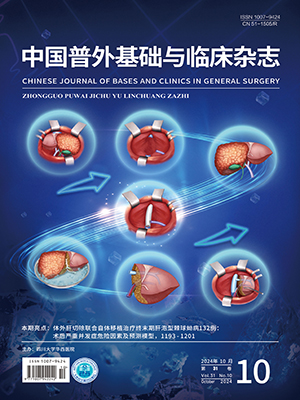Objective To investigate the effect of cold ischemia on the development of transplant arteriosclerosis (TA) in rat aortic isografts.
Methods Aorta grafts from SD and Wister rats were stored in a cold perfusion solution for 0.5 hours and 4 hours respectively before being orthotopically transplanted to Wister recipients. After observation times ranging from 15 to 60 days, the grafts were examined by using histological and electron microscopy techniques. Regional changes in the lumen, intima and media layers were measured by using an image analysis system.
Results Partial intima thickings were showed in control isografts at 60 day posttransplantation. Pronounced intima thickings were seen in experimental isografts and control allografts at the same time. The thicking neointimas consist mainly of monocyte/macrophage and smooth muscle cells (SMC). The broken interior elastic lamina (IEL) and necrosis SMC in media were detected in allogenic grafts.
Conclusion The damage due to prolonged cold ischemia time is sufficient to cause pronouced graft arteriosclerosis.
Citation: WAN Yunle,LI Bo,SHEN Wenl,et al.. ISCHEMIA-INDUCED TRANSPLANT ARTERIOSCLEROSIS IN RATS AORTIC ISOGRAFT. CHINESE JOURNAL OF BASES AND CLINICS IN GENERAL SURGERY, 2000, 7(1): 19-21. doi: Copy




